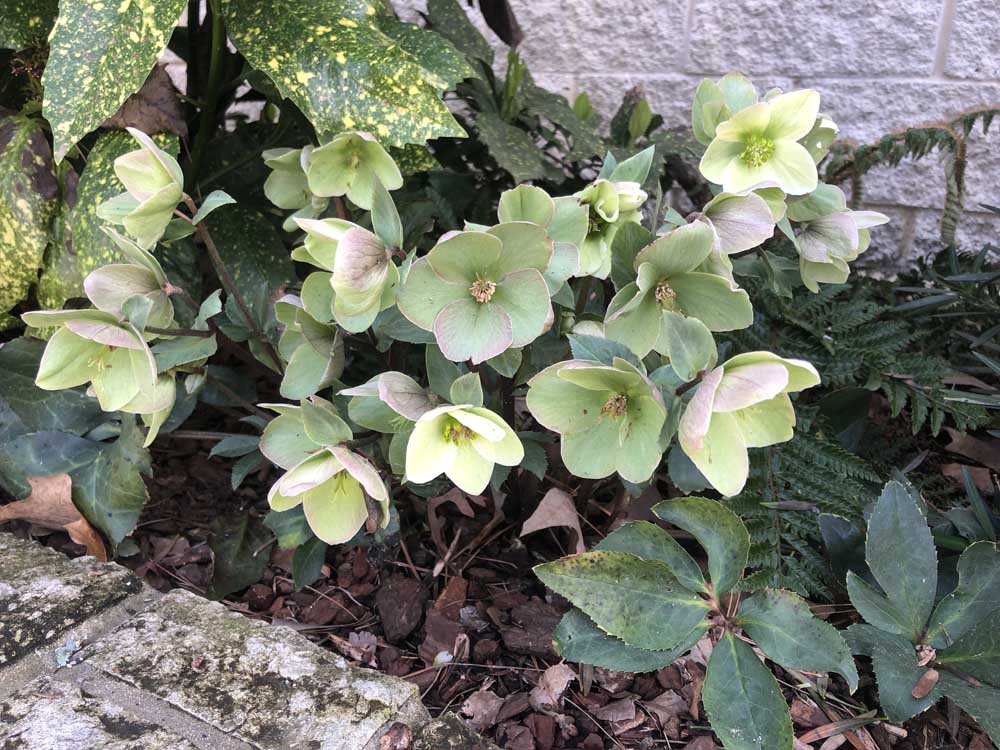Master Gardener: My love affair with hellebores
Published 8:16 pm Tuesday, April 19, 2022

- Hellebores
I guess it’s no secret – everyone who knows me knows I get plant crushes. Sometimes a crush even turns into a full blown love affair, and that’s the story of me and my beloved helleborus x hybridus plants or hellebores, also known as Lenten Rose.
I first became interested in hellebores when looking to add interest to a shady, east-facing bed in Dallas. Bored with the existing English ivy, I wanted to add color and texture. I happened on hellebores in a catalogue and found a perennial that is hardy in zones 4-9 and likes partial or dappled shade. Hmmm…sounded like a good candidate! Even better, flowers emerge from mid-winter till early spring with blooms that can remain beautiful, often changing colors as they age, for several weeks to months. I thought this had to be a winner!
Since then, my fondness has grown to the point that I passionately carry on about them to pretty much anyone who will listen. The good news is that, as more people have discovered this wonderful plant, it’s now much easier to find in nurseries, with new introductions offering more and more interesting and stunning varieties every year. I’m still waiting for the prices to drop some — a hellebore isn’t a cheap date, it’s a bit of an investment, which just makes me cherish each one more. Incidentally, when I read about what is actually involved in the hybridizing and propagation of hellebores, I can better appreciate the cost.
Here are the particulars: first of all, hellebores are not related to roses, in spite of the common name Lenten Rose. They perform best in partial shade and rich, moist soil with good drainage. Hellebores form low growing clumps of dark green, leathery leaves that are deer resistant. Blooms, 2 to 3½ inches across, appear from February through May, and sometimes earlier. Flowers vary in mostly muted shades of red, pink, purple, yellow, green and white, although some varieties are brighter and fancier. Active growth occurs during spring and fall, when they require more water; water needs decrease during summer dormancy. Fertilize annually with the addition of compost to encourage growth. Old or damaged foliage can be removed in late winter as new growth emerges. Propagation is from seed or division.
If you’re looking for an easy to grow, shade tolerant, winter blooming perennial treasure, ask your local independent nursery about hellebores. You may even fall in love — I sure did.






